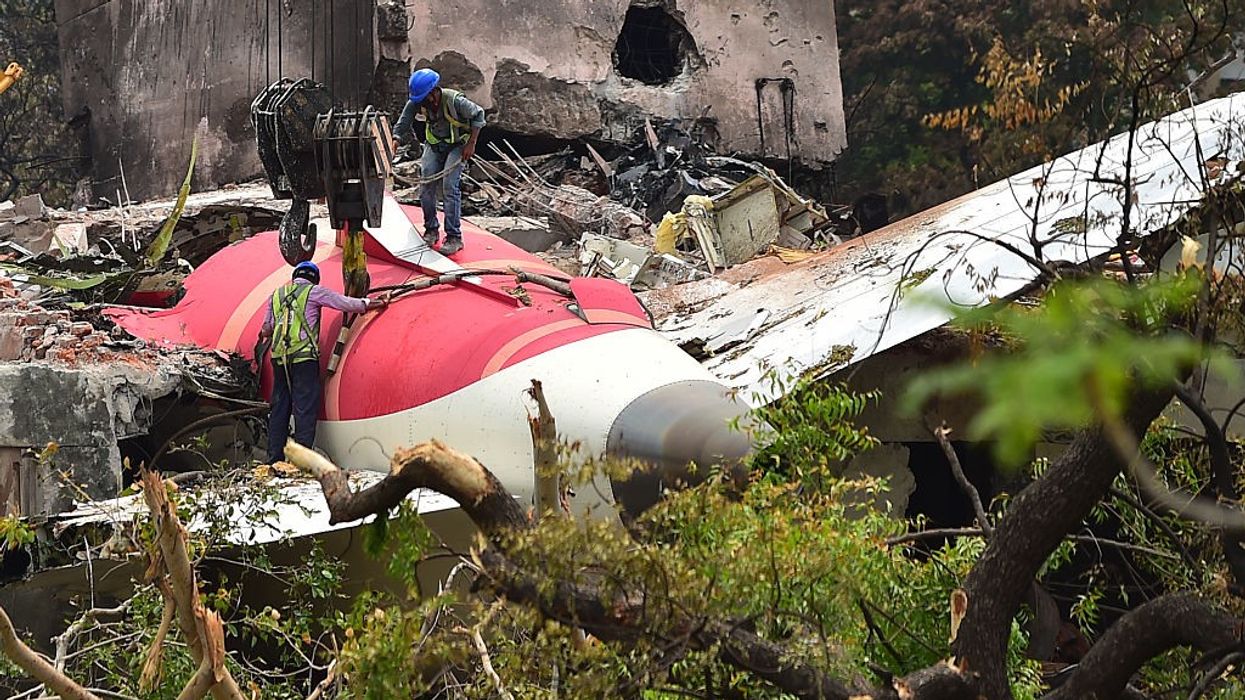Highlights:
- Filed in Delaware Superior Court by The Lanier Law Firm on behalf of four victims’ families.
- Air India Boeing 787-8 Dreamliner AI171 crashed after takeoff from Ahmedabad on June 12, killing 260 people.
- Lawsuit claims faulty fuel cut-off switches, manufactured by Honeywell and installed by Boeing, caused a total engine shutdown.
- 2018 FAA report allegedly flagged the defect, but no replacements or alerts were issued to airlines.
- Late Captain Sumeet Sabharwal’s family has demanded a formal investigation to counter speculation about his mental state.
Families of four passengers who died in the June Air India crash have filed a lawsuit in a U.S. court against Boeing and Honeywell International, alleging that a defective fuel cut-off switch caused the fatal accident.
The case was filed in Delaware Superior Court by The Lanier Law Firm and seeks both compensatory and punitive damages for the wrongful deaths of the victims on Flight AI171.
The incident and further proceedings
On June 12, 2025, the Air India Boeing 787-8 Dreamliner operating flight AI171 to London Gatwick crashed shortly after takeoff from Ahmedabad, killing 260 people, including 241 passengers. The tragedy marked one of the deadliest aviation disasters in India in more than 30 years.
According to the lawsuit, flight data reveals that a pilot accidentally shut off fuel to the aircraft’s engines just seconds after takeoff, resulting in a total loss of thrust. The fuel cut-off switch, manufactured by Honeywell and installed by Boeing, is supposed to feature a locking mechanism to prevent accidental activation.
India’s Aircraft Accident Investigation Bureau (AAIB), which is leading the investigation, stated in its preliminary report that both fuel switches were turned off within one second of each other. The report noted that this caused confusion in the cockpit moments before the plane plunged into a building. Cockpit voice recordings captured one pilot asking the other why he had cut the switch, to which the second pilot denied doing so.
Lawsuit against US companies
The lawsuit further claims that the switches are positioned just behind the thrust levers, an area of “high traffic” during takeoff. Documents cited in the case suggest that Boeing and Honeywell were aware that the locking mechanism could be easily disengaged—or, in some cases, missing entirely.
A 2018 report by the Federal Aviation Administration (FAA) reportedly confirmed this issue, yet neither company alerted airlines nor provided replacement switches, according to the plaintiffs.
“This defect is like putting an emergency brake next to a radio knob in a car. But unlike a car, restarting jet engines takes minutes, not seconds,” said Benjamin Major of The Lanier Law Firm. “Once the engines shut down, the aircraft essentially became a 250,000-pound lawn dart.”
Meanwhile, the family of Captain Sumeet Sabharwal, one of the pilots who died in the crash, has called for a formal government investigation. His 91-year-old father, Pushkaraj Sabharwal, wrote to the civil aviation secretary and the AAIB, saying that leaks from the inquiry had led to damaging speculation about his son’s mental state. He stated that such insinuations have caused immense emotional distress and unfairly tarnished his son’s reputation.
The AAIB continues to investigate the cause of the crash, which remains one of the most devastating aviation disasters in India since the 1990s.















